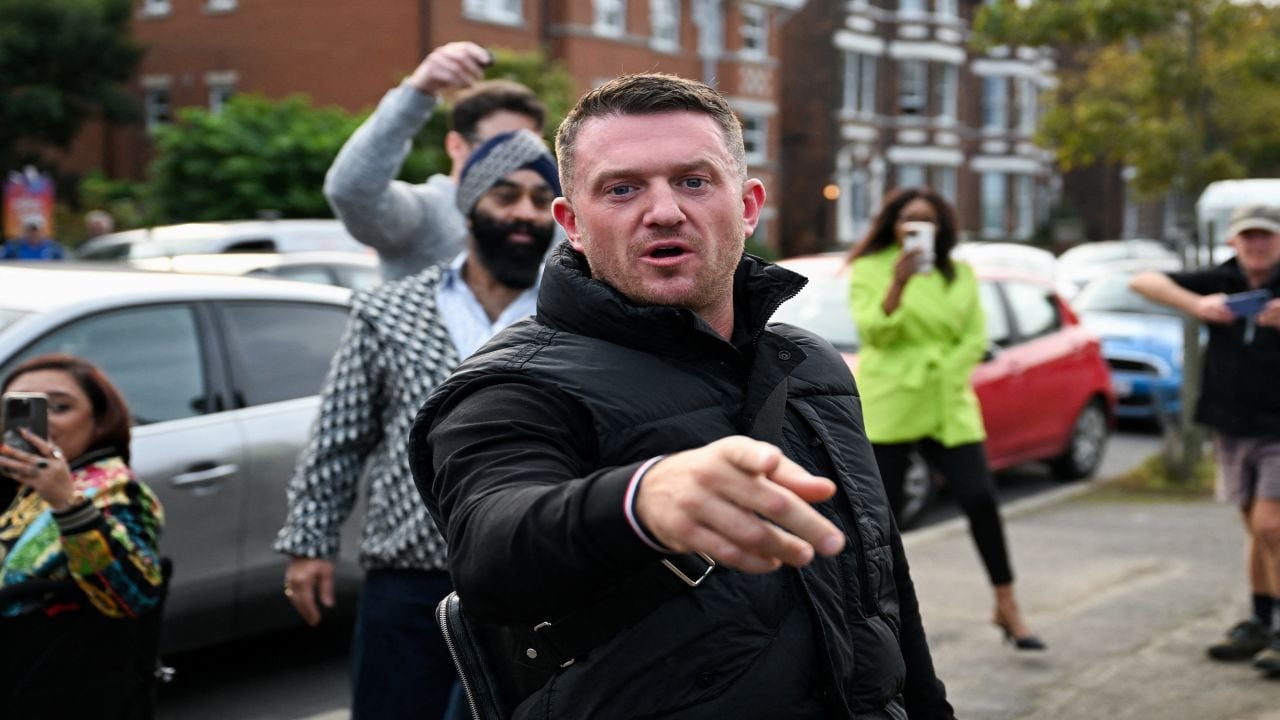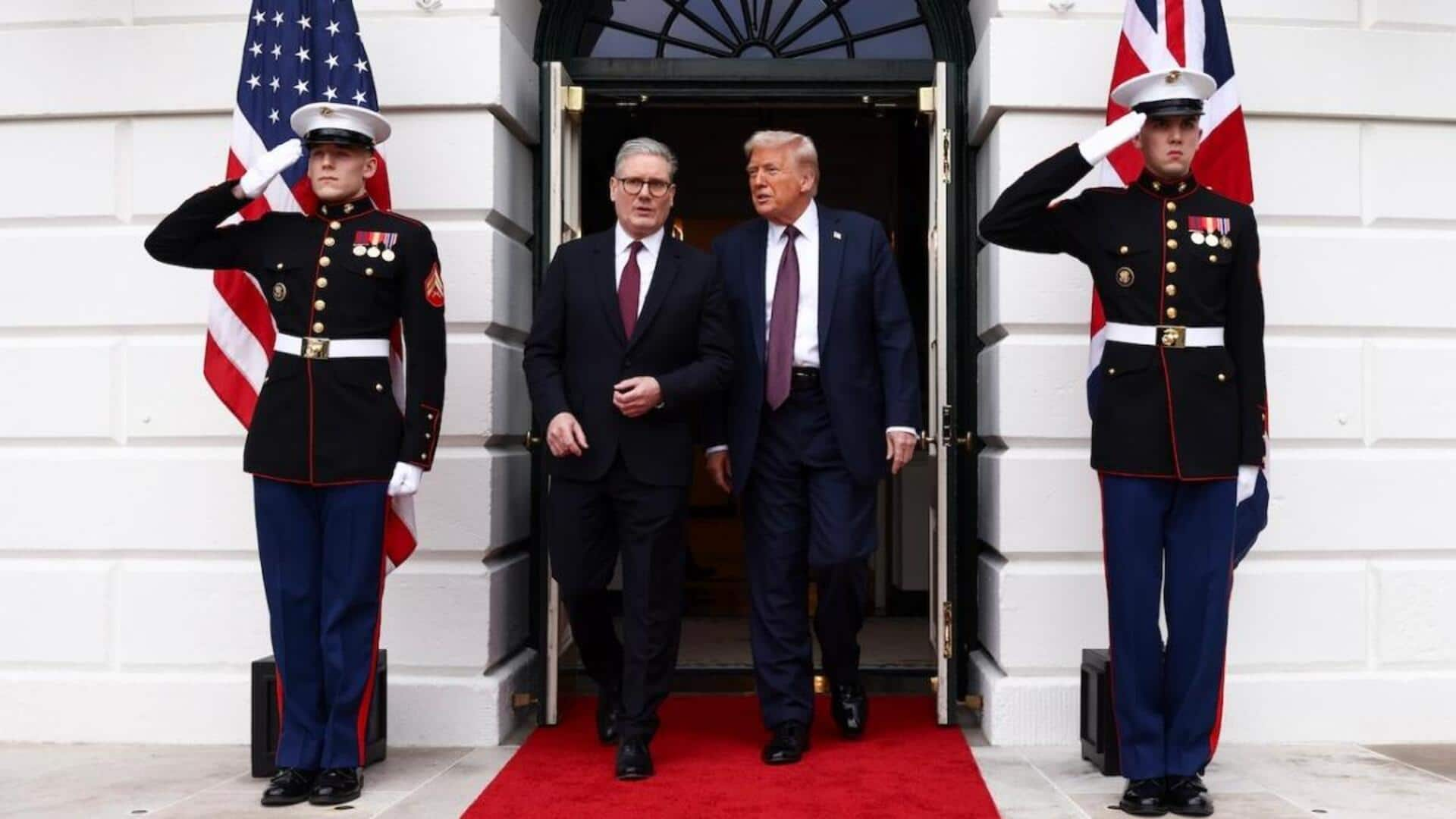Rally's Core Message
The far-right 'Unite the Kingdom' rally held in London centered around a straightforward message: 'Send them home.' This phrase encapsulates the core demand
of the protesters, who are primarily concerned about immigration. The rally aimed to amplify this message, attempting to sway public opinion and pressure authorities. The organizers chose prominent locations, like the area between Big Ben and Waterloo, to maximize visibility and draw attention to their cause. This demonstration was a platform to express concerns about the number of migrants entering the UK and the perceived impact of immigration on British society and culture. The event’s success depended on generating significant media coverage and public discussion around these key concerns.
Protest Dynamics Unveiled
The 'Unite the Kingdom' rally involved various dynamics that shaped the event and influenced its impact. Thousands participated, demonstrating the breadth of support for the movement's core message. The march itself covered a considerable distance, traversing from Big Ben to Waterloo, and its length suggests the organizers' effort to maximize its public impact. However, the event wasn't entirely peaceful. Tensions rose as some protesters engaged in actions against counter-protesters, leading to clashes with police. The presence of counter-protests and ensuing confrontations added to the complexity of the event, drawing even more public and media attention. The interactions between different groups highlighted existing social divisions. The rally's nature, involving both peaceful expressions and violent actions, sparked a wide range of reactions.
Driving Factors Explained
Several key factors powered the 'Unite the Kingdom' rally and its message. One of the main drivers was a focus on the issue of immigration, with particular attention on channel crossings. The increase in the number of people attempting to enter the UK through the English Channel has become a highly publicized concern. This situation fuels a narrative of crisis around border control. This fear is further amplified by the political climate. The far-right groups tend to exploit public sentiments related to national identity, economic strain, and security fears. By using these concerns, they aim to attract more people to their rallies. The rally sought to capitalize on these anxieties to gather support and emphasize the urgent call to curb immigration. These factors, intertwined, created a volatile environment that defined the rally and its ramifications.














